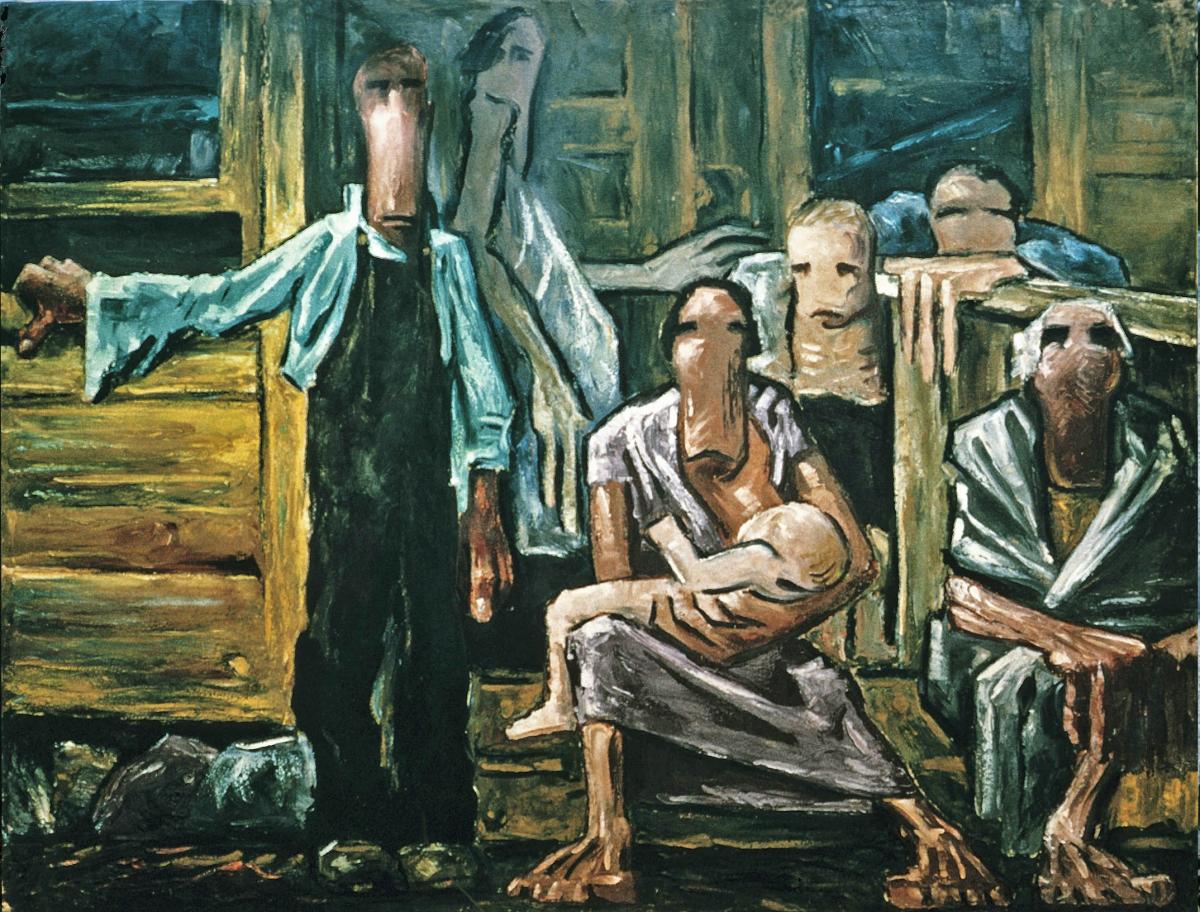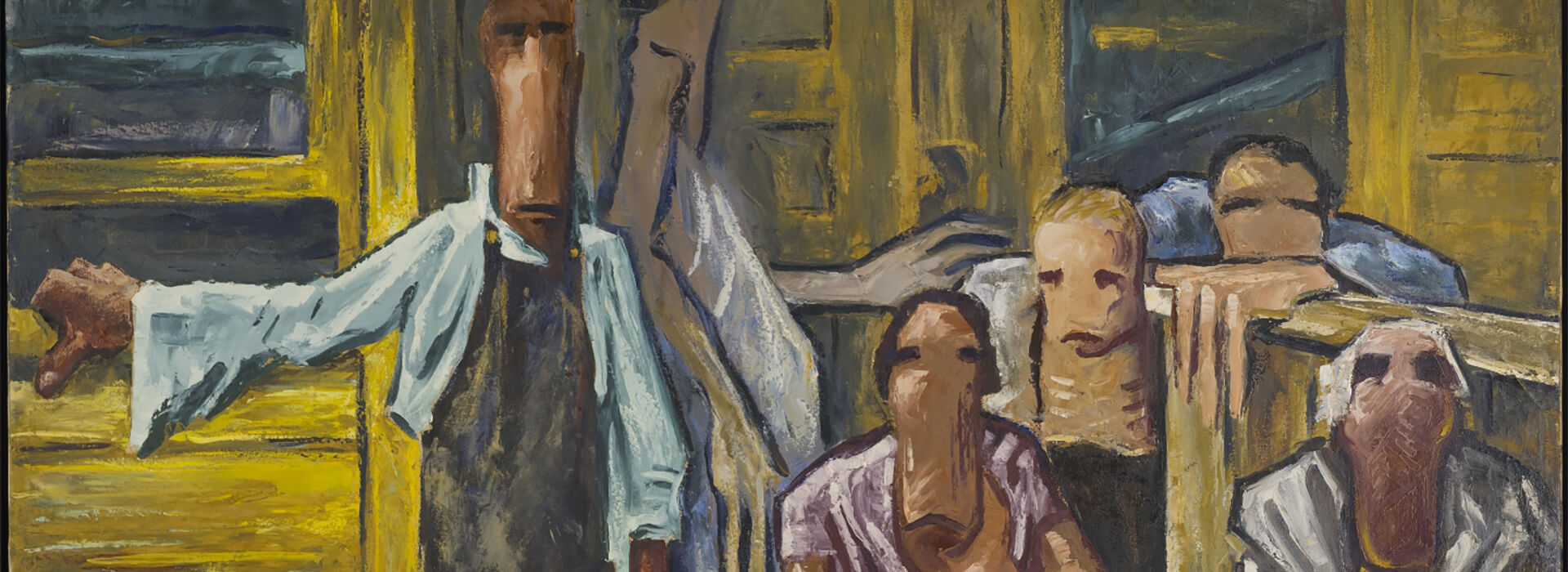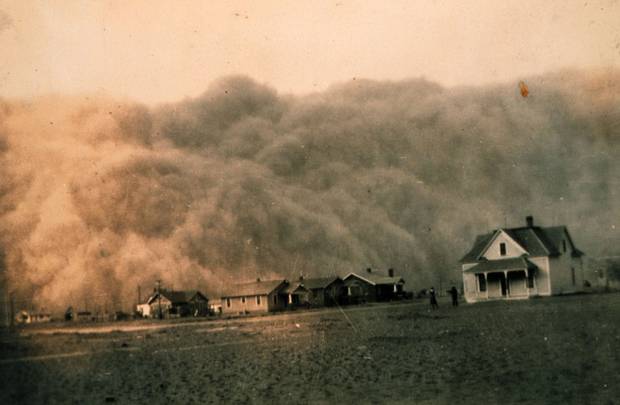By Dean Sobel, museum director
Some readers of this blog have probably been struck by the relevance of the Ken Burns documentary, The Dust Bowl, to the art of Clyfford Still. Burns’s four-hour documentary, currently running on PBS, looks at this aspect of the Great Depression through the eyes of the people, particularly farmers, who lived through some of the most extreme and drawn-out weather conditions this country has seen (part of the “Dust Bowl” encompassed southeastern Colorado, so the story has additional local flavor).
Though the documentary doesn’t express it in quite this way, historians’ ability to illustrate this often gruesome tale is aided by the many photographs – literally tens of thousands of frames – that were commissioned by the federal government, namely the Farm Security Administration, to document farming conditions in America during the mid-1930s. Some of the greatest images of American art, of any medium, are the result of the FSA’s selection of such photography giants as Roy Stryker, Walker Evans, Dorothea Lange, Russell Lee, Gordon Parks, and many others.


The relationship of Still’s paintings to these iconic photographic images is striking, particularly in the ways Still and these photographers’ preference for a formal, frontal arrangement of farm workers and the way in which farm machinery is incorporated into many of their compositions. Working in and around Pullman, Washington during this time, and no stranger to Dust Bowl like conditions (CSM adjunct curator David Anfam has researched weather conditions in that area during the teens and twenties, where dust-bowl-like conditions prevailed), Still’s images could be seamlessly incorporated into this – or future – studies of American life during the Depression.

